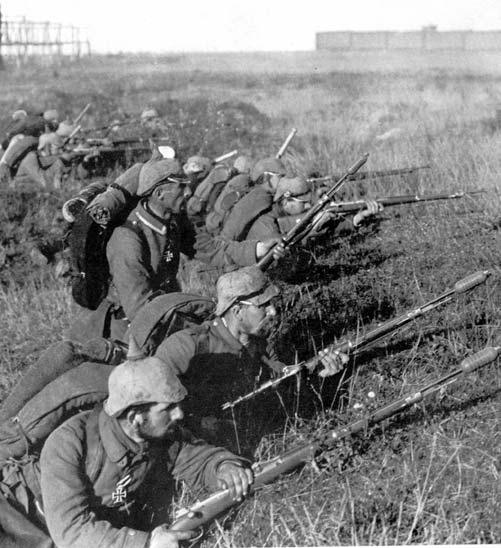The First Battle of the Marne, which began on September 6, 1914, was one of the most significant early battles of World War I. Just a month after the war had erupted, this battle marked the end of the German Army’s rapid advance through France and set the stage for the trench warfare that would define much of the conflict. Here are some critical facts about the battle:
Fun Facts:
- The battle began on September 6, 1914, and lasted until September 12, 1914.
- The battle, a significant event in the history of the Marne River, occurred near this iconic location, near Paris, France.
- The battle saw the French Army, supported by the British Expeditionary Force (BEF), clash with the German Army, advancing swiftly through Belgium and northern France.
- The German forces aimed to quickly defeat the French Army and capture Paris, hoping to end the war early. The Allies’ successful counterattack at the Marne thwarted this plan.
- The battle is often called the ‘Miracle of the Marne’ because the Allied forces, against all odds, managed to regroup and counterattack despite being pushed back for weeks. This unexpected resistance forced the German Army to retreat, abandoning their hopes for a swift victory.
- The battle resulted in a significant Allied victory, halting the German advance and leading to a prolonged and grueling conflict marked by trench warfare on the Western Front.
- The battle was costly for both sides, with an estimated half a million casualties, including killed, wounded, and missing soldiers.
- The First Battle of the Marne marked the beginning of trench warfare, which would dominate the Western Front for the next four years, leading to a protracted and devastating war.
The First Battle of the Marne was a decisive moment in World War I, shaping the course of the conflict and demonstrating the unwavering resilience of the Allied forces.

